If you are one of the millions of Americans who get their wisdom teeth extracted every year, then you might be wondering what to expect afterwards. One common question is what the difference is between a dry socket vs a blood clot. In this article, we will discuss everything you need to know about dry sockets including what a dry socket looks like, what a dry socket feels like, how to prevent them, and when to see a dentist. We will also provide pictures of normal sockets after tooth extraction as well as pictures of dry sockets for comparison. Keep reading for more information!
What is a Dry Socket?
A dry socket, or alveolar osteitis, is a common complication that can occur after having a tooth pulled, most commonly after wisdom tooth removal. After tooth extraction, a normal socket will develop a blood clot. This clot will stay in place while the wound heals. A dry socket happens when the blood clot that should be protecting the wound dissolves or gets dislodged, exposing the nerves and bone underneath. This can cause an intense, throbbing pain in your jaw that can last for several days.
What Does A Normal Socket After Tooth Extraction Look Like?
Typically, a blood clot will form after tooth extraction and will protect the wound as it heals. This clot is usually deep red in color. The surrounding gum tissue will also be swollen and may be bruised. In most cases, the signs and symptoms of a normal socket include:
- A small blood clot in the tooth socket makes it appear relatively full; The tooth socket will remain filled by the developing tissue that arises from it
- No exposed bone visible (white in color)
- Swelling that peaks around day two or three post-extraction then starts to go down
- Bruising around the extraction site that goes away within a week or two
- As the bone and soft tissues of the wound heal over, the extraction site’s contours become more rounded.
- Slight to moderate pain that improves over time
The following pictures can help give you a better idea of what a normal socket after tooth extraction looks like:
Pictures of Normal Socket After Tooth Extraction
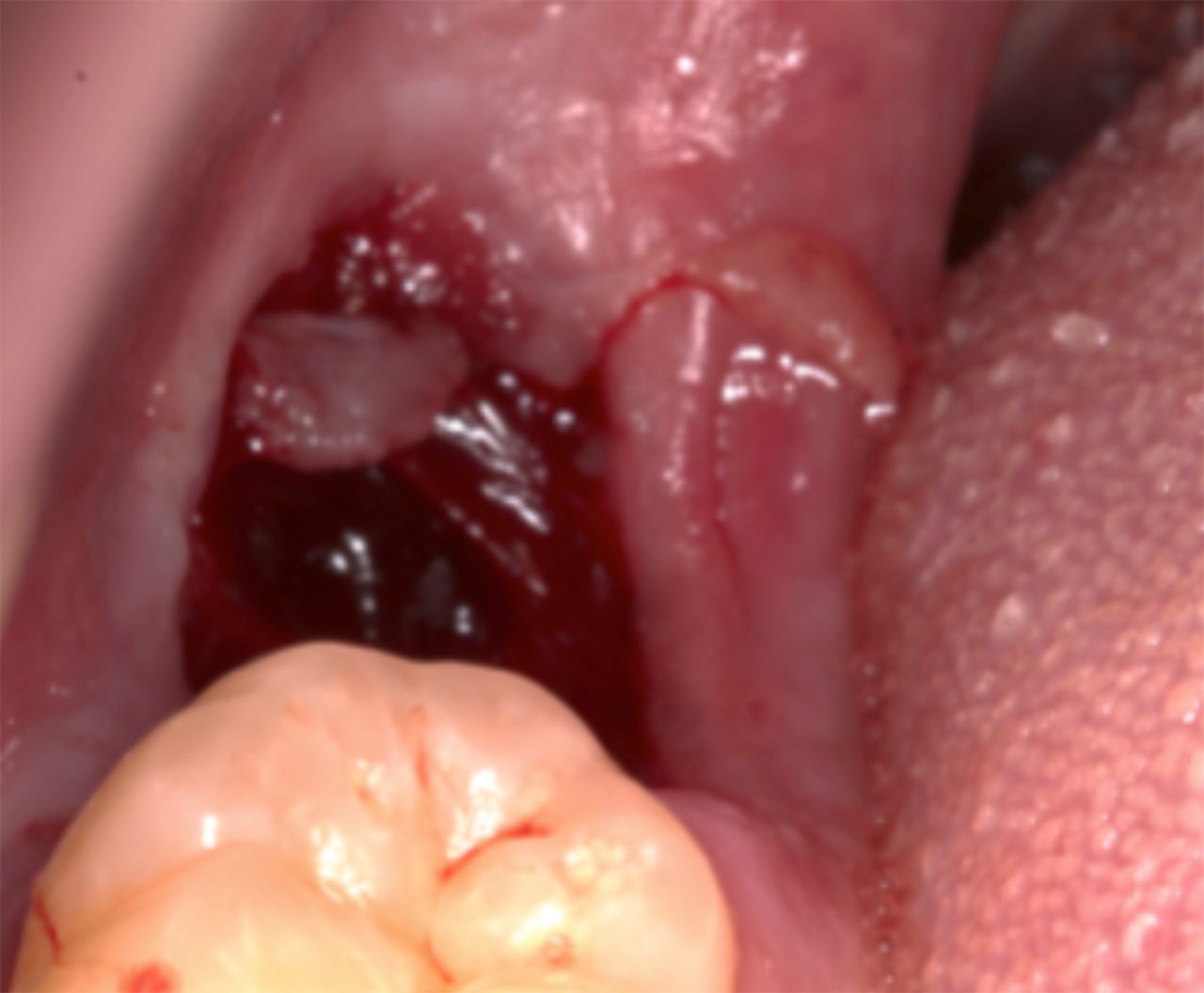
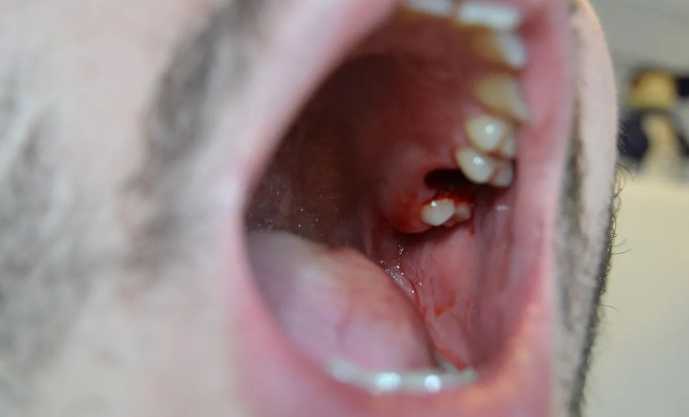
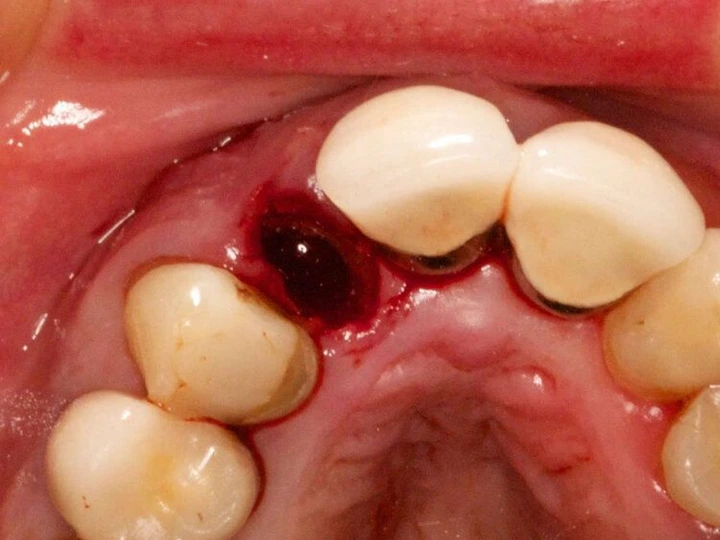
What Does Dry Socket Look Like?
In comparison to a normal socket containing a blood clot, a dry socket appears empty. The normal blood clot that protects the exposed bone has dissolved or been dislodged, leaving the bone and nerves unprotected. Additionally, the gum tissue around a dry socket is often inflamed and may be tender to the touch. In most cases, dry socket symptoms and signs include:
- An empty-looking tooth socket; Lacking blood clots or granulation tissues that are seen in normal healing (Dry sockets may be filled with saliva, food, or other debris)
- Visible bone on the walls of the empty socket may be visible or could be partially covered with gray/yellow layers of necrotic tissues.
- The gum tissue surrounding the extraction site is inflamed (reddish, painful, swollen).
The following dry socket pictures can help give you a better idea of what to expect:
Pictures of Dry Sockets After Extraction
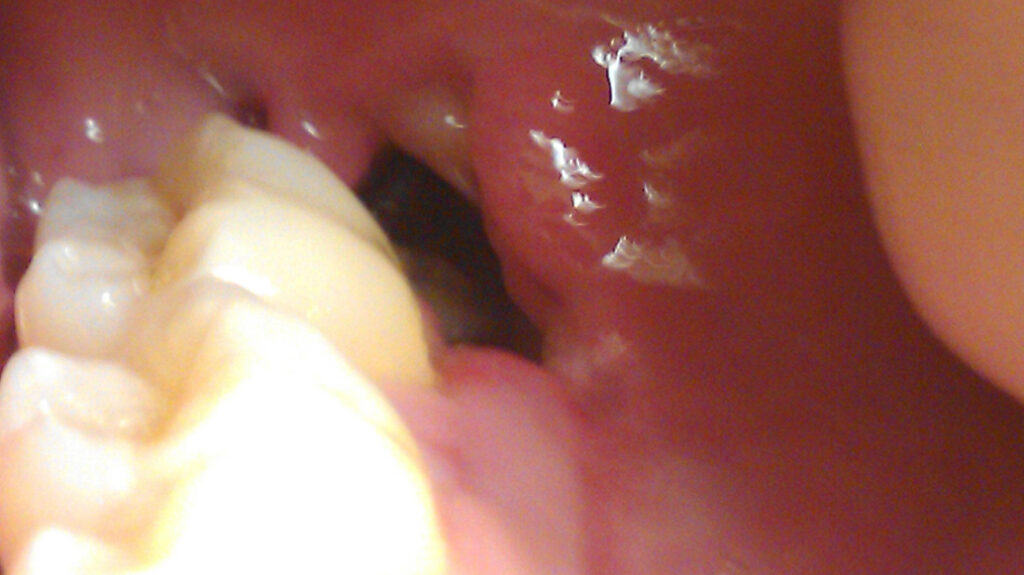
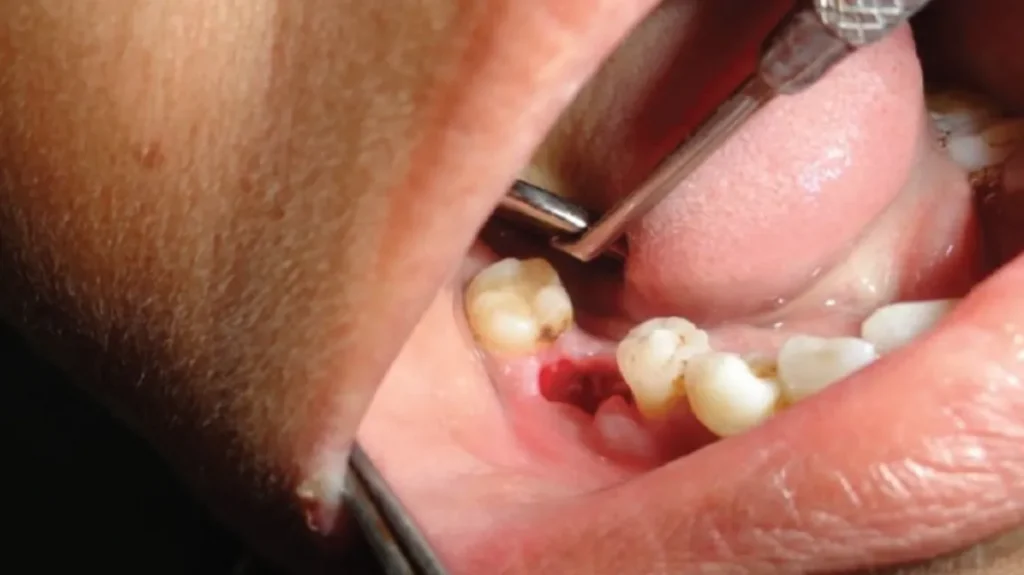
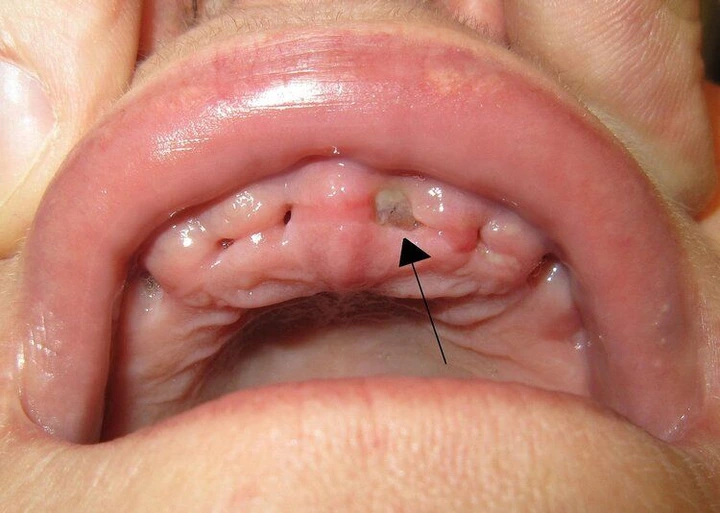
What Does Dry Socket Feel Like?
In addition to visible signs, there are various other dry socket symptoms. A dry socket is often described as an intense, throbbing pain that radiates from the extraction site to the ear, eye, temple, or neck. The pain is usually worse when lying down or opening your mouth wide. Rest assured, you will typically know without a doubt if you have a dry socket. Additionally, you may also have bad breath or a foul taste in your mouth due to infection or food particles becoming lodged in the socket.
When comparing dry sockets to normal sockets after tooth extraction one can expect the following differences:
Dry Socket vs Clot
| Dry Socket | Normal Socket |
|---|---|
| After an extraction pain tends to lessen over the first couple of days but then gets worse | After an extraction pain tends to gradually improve each day |
| The tooth socket appears empty (Only some or none of the original blood clot is visible) | The tooth socket appears relatively full (With blood clots and developing tissues) |
| Regions of exposed bone are visible | No visible exposed bone tissue |
| Bad taste coming from the extraction site | No associated taste |
| Foul odor coming from the extraction site | No associated breath odors |
How to Prevent a Dry Socket and Mitigate its Symptoms
It’s very possible that the socket does not heal properly in some situations, despite one’s best efforts. However, many of the reasons for developing a dry socket are due to suboptimal care for the area after extraction. Always adhere to your dentist or oral surgeon’s instructions on what you are or aren’t supposed to do after undergoing tooth extraction. It can make a huge difference between developing a dry socket vs a clot. The purpose of these instructions is to make sure that unneeded pressure is not placed on a blood clot, which can cause it to dislodge, and that an optimal healing environment is created. This includes:
Not Drinking Through a Straw
Drinking through a straw can create a suction force that pulls on the blood clot and may dislodge it. For this reason, we recommend not drinking through a straw after wisdom tooth extraction.
Not Consuming Alcohol, Carbonated Beverages, or Crunch/Chewy Foods
When certain meals or beverages irritate the region of your oral surgery, there’s an increased danger of developing dry socket symptoms. These foods have an increased risk of dislodging blood clots.
Not Swishing Hard After Brushing Teeth
Swishing hard creates a suction that might pull your clot away. Instead of swishing violently, try gently swishing the water and then allowing it to drip out of your mouth for the first few days.
Not Smoking or Vaping
Many studies have suggested a link between smoking/vaping and the development of dry sockets. Smoking dries out your mouth, making it more difficult to heal any type of sore, surgery, or infection. Additionally, the sucking motion itself may cause a blood clot to dislodge. If you smoke cigarettes, try to go without them for at least 2-3 days after your dental operation.
Not Planning Heavy Exercise
By undergoing intense exercise after a tooth extraction you increase your blood pressure and heart rate which increases the risk of dislodging the blood clot.
Treatment for Dry Socket Symptoms
If you think you may have a dry socket, it’s best to contact your dentist as soon as possible. In most cases, a dry socket will heal on its own within 24–72 hours. In some people, the pain may last up to 7 days. Thus, treatment for a dry socket will focus on reducing pain.
Dentists will most likely rinse out the socket with saline solution and pack it with medicated gauze to help with pain and promote healing. The gauze may need to be changed after a few days if the pain persists. Additionally, over-the-counter medications (such as aspirin, Advil/Motrin/ibuprofen or other nonsteroidal anti-inflammatory drugs (NSAID)) or prescription medicines if necessary are used to manage it.
Disclaimer
The contents of this website, such as text, graphics, images, and other material are for informational purposes only and are not intended to be substituted for professional medical advice, diagnosis, or treatment. Nothing on this website constitutes the practice of medicine, law or any other regulated profession.
No two mouths are the same, and each oral situation is unique. As such, it isn’t possible to give comprehensive advice or diagnose oral conditions based on articles alone. The best way to ensure you’re getting the best dental care possible is to visit a dentist in person for an examination and consultation.
SAVE TIME AND MONEY AT ANY DENTIST

Less dental work is healthier for you. Learn what you can do to minimize the cost of dental procedures and avoid the dentist altogether!

